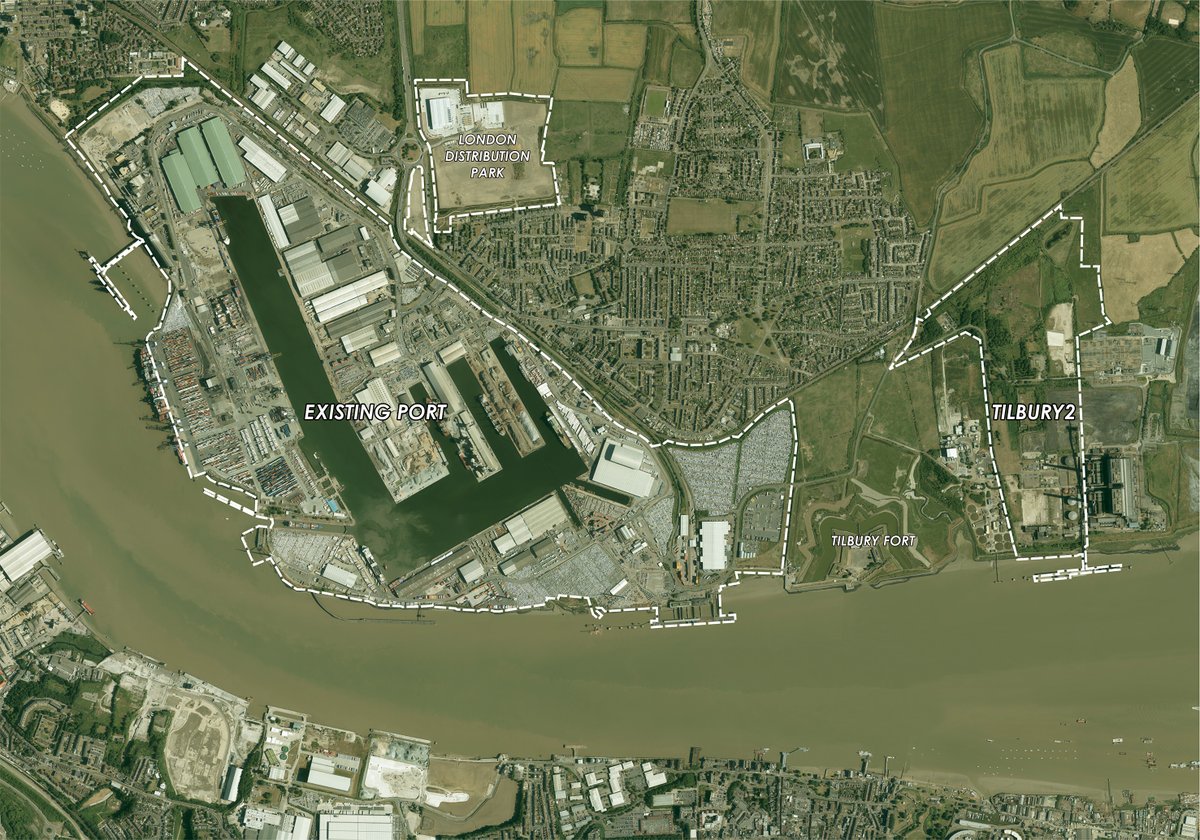
The Port of Tilbury, the UK’s fastest growing port, has today (20 February 2019) received development consent from the Secretary of State for Transport to build Tilbury2 – a new multimillion pound port terminal adjacent to the current 930 acre site in Thurrock, on the outskirts of Greater London.
With construction scheduled to commence in a matter of weeks, the privately funded port, Tilbury2, will be built on a site covering in excess of 150 acres, which was part of the location of the former Tilbury Power Station. When operational in Spring 2020, Tilbury2 will be the UK’s largest unaccompanied ferry port and the country’s biggest construction processing hub, with AEO-trusted trader status.
Expansion is essential for the Port of Tilbury to cope with rising demand for construction materials and aggregates from Britain’s construction sector, imported and exported cars, as well as an increase in commercial ferry traffic, which carries consumer goods, perishables (food and drink) and steel between Europe and the UK.
Construction of the port, which will include a new rail and road connection, deep water jetty and pontoon, will bring the project cost to in excess of £200 million. The tender process for a contractor to complete this build has been completed and an announcement will be made shortly.
Tilbury2 will comprise:
• A roll on/roll off ferry terminal for importing and exporting containers and trailers to northern Europe, in partnership with P&O Ferries
• A facility for importing, processing, manufacturing and distributing construction materials
• A strategic rail terminal which can accommodate the longest freight trains of 775m
• Storage areas for a variety of goods, including exported and imported cars.
Tilbury2 is central to the Port of Tilbury’s £1billion investment programme during 2012-20. Tilbury has doubled the size of its business in the past 10 years and is projected to double the volume of cargo across the quay (from 16 million to 32 million tonnes) and increase direct employment (from 3,500 to 12,000 jobs) over the next 10-15 years.

Leave a comment